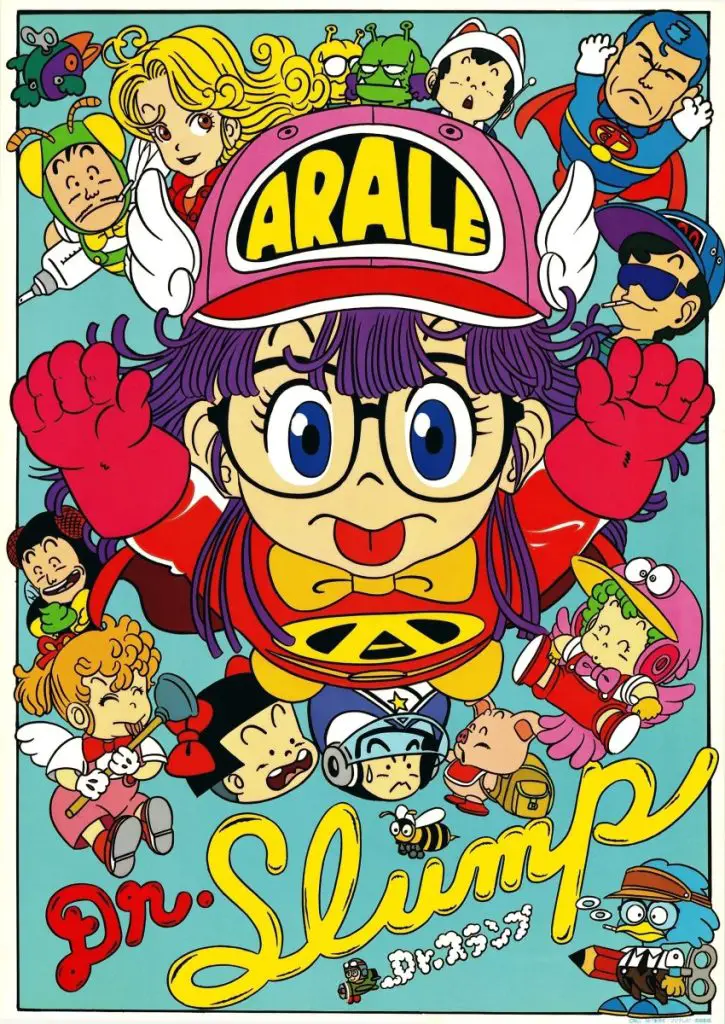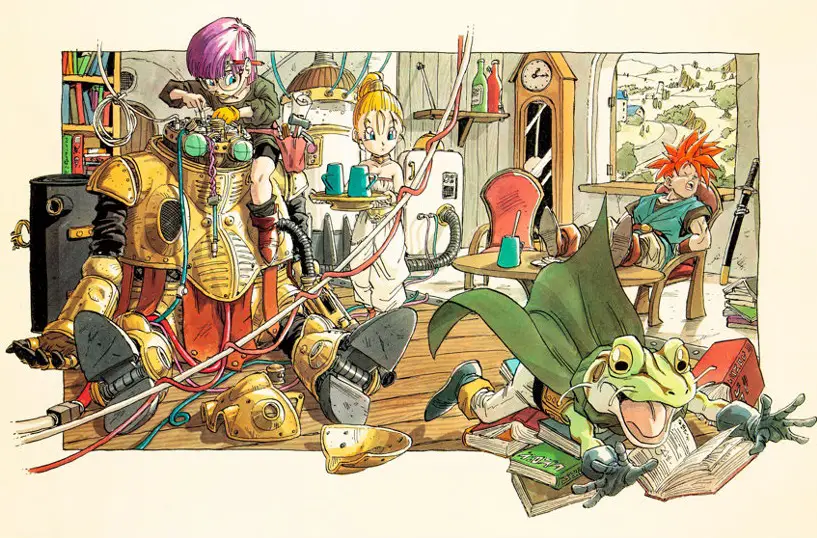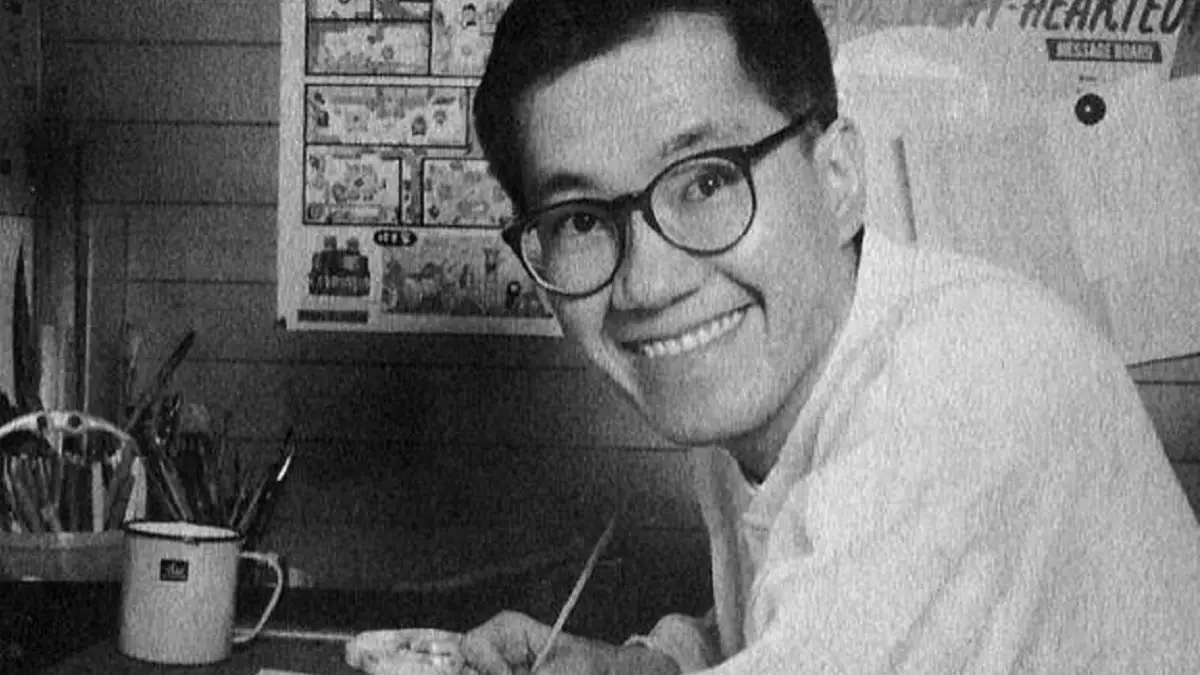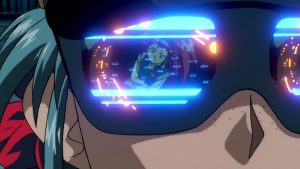Akira Toriyama is a household name for any long-time anime fan. And it’s hard to argue that any artist has had a larger impact on the global popularity of anime than Toriyama.
Many people had their first experience with anime while watching an episode of Dragon Ball Z. But his range of influence and artistry extends well beyond his most famous work.
This includes character designs for some of the greatest video games of all time, anime, manga, and even a car!

With an instantly recognizable art style and imaginative world-building, Toriyama became a global phenomenon in the 90s. And even though he is still creating manga and designing characters for video games, the bulk of his work took place in the 80s and 90s.
Since we are a 90s anime blog, we are going to primarily dig into his work during the 90s, but it’s also important to briefly touch on his lead-up to that decade.
The 1980s

Akira Toriyama’s breakthrough manga was Dr. Slump, which debuted in Weekly Shōnen Jump in 1980 and ran until 1984. The comic follows the adventures of a professor and his super-strong robot.
The series was adapted into a 243 episode anime (quite a run!) that aired from 1981 to 1986, and was later remade into a much shorter 74 episode series in the late 90s.
Toriyama’s success with Dr. Slump opened the door to the franchise that would become the third best-selling manga of all time, Dragon Ball.
The Dragon Ball manga started in 1984, and due to the popularity of Dr. Slump, it was quickly picked up for an anime adaptation by Toei Animation and started airing a little over a year after its syndication.
Dragon Ball would become one of the greatest-selling manga of all time, and the global reach of the franchise is partially responsible for popularizing Japanese animation on an international scale.
And this led the way for Toriyama’s global heydey in the 90s.
The 1990s

The 1990s is when Toriyama started receiving international recognition as Dragon Ball Z was syndicated for broadcast worldwide and his manga was distributed in other languages.
In the United States, this started in the late 90s when American networks started broadcasting episodes of Dragon Ball Z.
This represented a shift in the anime industry toward mainstream popularity and many credit Dragon Ball Z with being the anime that made them fans.
Akira Toriyama’s Anime in the 90s
Dragon Ball Z is Toriyama’s most famous anime, and even people who are not fans of anime are aware of this series. This is a testament to his impact on the entertainment industry that goes well beyond the lines of anime and manga.
Although most fans are aware of his work, he had a string of other shows in the 90s that are worth looking into. Below is a list of these shows and movies:
- Pink: Water Bandit, Rain Bandit (1990)
- Kennosuke-sama (1990)
- Go! Go! Ackman (1994)
- Dragon Ball Z (1989-1996)
- Dragon Ball GT (1996-1997)
- Dr. Slump (1997-1999)
After the 90s, most of Toriyama’s involvement with anime has been limited to Dragon Ball Z.
Akira Toriyama in Video Games

In 1986, Toriyama would also try his hand at video game character design with the long-running Dragon Quest series (released as Dragon Warrior in the US). This led to a long-lasting relationship with the series as well as his involvement with many other popular video games in the 90s and beyond.
This includes the following titles:
- Dragon Quest
- Chrono Trigger
- Tobal No. 1
- Tobal No. 2
Beyond the year 2000, he was also heavily involved with character designs for Blue Dragon.
Perhaps the most notable title on this list is Chrono Trigger, and Akira Toriyama’s signature style is immediately evident in the character and world designs. Also noteworthy is that he and his studio teamed up with Toei Animation to create the cut scenes for the PlayStation port in 1999.
Legacy
Toriyama has continued to work on various anime and manga projects to this day. His contribution to the world of anime is only rivaled by the likes of Hayao Miyazaki and Osamu Tezuka.
His mark on the industry is exhibited in the influence he has had on other shonen anime such as Bleach, Naruto, and Fairy Tail. Very few artists can be credited with helping to shape an entire industry, and Toriyama’s influence will be felt for years to come.



